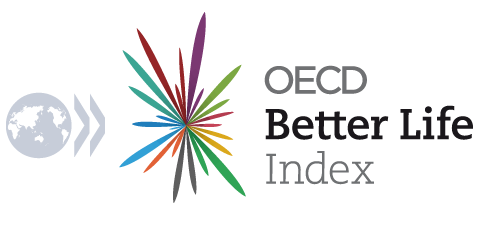Breaching the gender gap
By Julia Laplane, OECD
Today, financial literacy is a pre-requisite to participating in economic activities. Yet, this new OECD report shows there are clear gender inequalities when it comes to understanding where your money goes and what potential risks you are taking: almost 60% of women in Poland do not know that high investment returns are accompanied by high risk, against 45% of men. And only 49% of women in the United Kingdom know how compound interest works, compared with 75% of men.
Financial education is only one dimension in which gender gaps can be found. Take differences in salaries: although the gender wage gap decreased by nearly 4 percentage points between 2000 and 2005, there has been limited progress since and women still earn on average 16% less than men in OECD countries.
| |  |
How can we explain this? Discrimination comes in many shapes and can be simply defined as the unequal treatment of equally productive people on the basis of their race, gender, age etc. If the definition is simple, in practice, discrimination can be hard to identify. Legal definitions of discrimination often distinguish treatment and impact, that is, whether people are treated differently (differential treatment) or whether they are treated equally under a certain system but this system is set up in such a way that it favours one group over another (differential impact). The expression glass ceiling for instance was first coined in the 1980s by Gay Bryant, the then editor of Working Woman magazine, to describe a specific point in women’s careers: “Women have reached a certain point— I call it the glass ceiling. They're in the top of middle management and they're stopping and getting stuck. There isn't enough room for all those women at the top. Some are going into business for themselves. Others are going out and raising families." This approach suggests that an invisible yet constraining system, rather than specific actions, is keeping women out of top positions. But it also suggests some women voluntarily decide to stop their careers.
Having control over your career and your finances is a necessary condition to happiness. So is family life and work-life balance. In her article “Why women still can’t have it all” Anne-Marie Slaughter shows women’s well-being goes well beyond wage concern. She quotes economists Justin Wolfers and Betsey Stevenson’s work on the “new gender gap”, echoing the fact that despite significant progress in terms of wages, educational attainment, and prestige, women today are less happy than they were in 1972, both in absolute terms and relative to men. Closing the leadership gap is the main priority, according to Professor Slaughter, in order to redefine the system in which we evolve. This means electing women to the highest political spheres, working for companies with women as corporate executives and abiding by a judicial system with women judges. According to Forbes, Angela Merkel is the second most powerful person on the planet. Unfortunately, statistics plummet downwards when you look at the 20 most powerful people. Dilma Rousseff, the Brazilian president and only other woman in the top 20, comes in at the 18th position.
Re-balancing power paradigms can only be achieved through greater equality at many levels. Redefining work-life balance between men and women, for instance, can lead to greater career opportunities for women but also more family time for men. Luckily, recent studies show that younger men (the so-called generation Y) are concerned about their work-life balance and future role in parenthood. Prince William even went so far as to compare changing royal baby George’s first nappy to “a badge of honour”.
Our BLI user surveys also show men and women share similar priorities. What are yours?
Find out more about women and financial education and OECD work on gender.

Commentaires